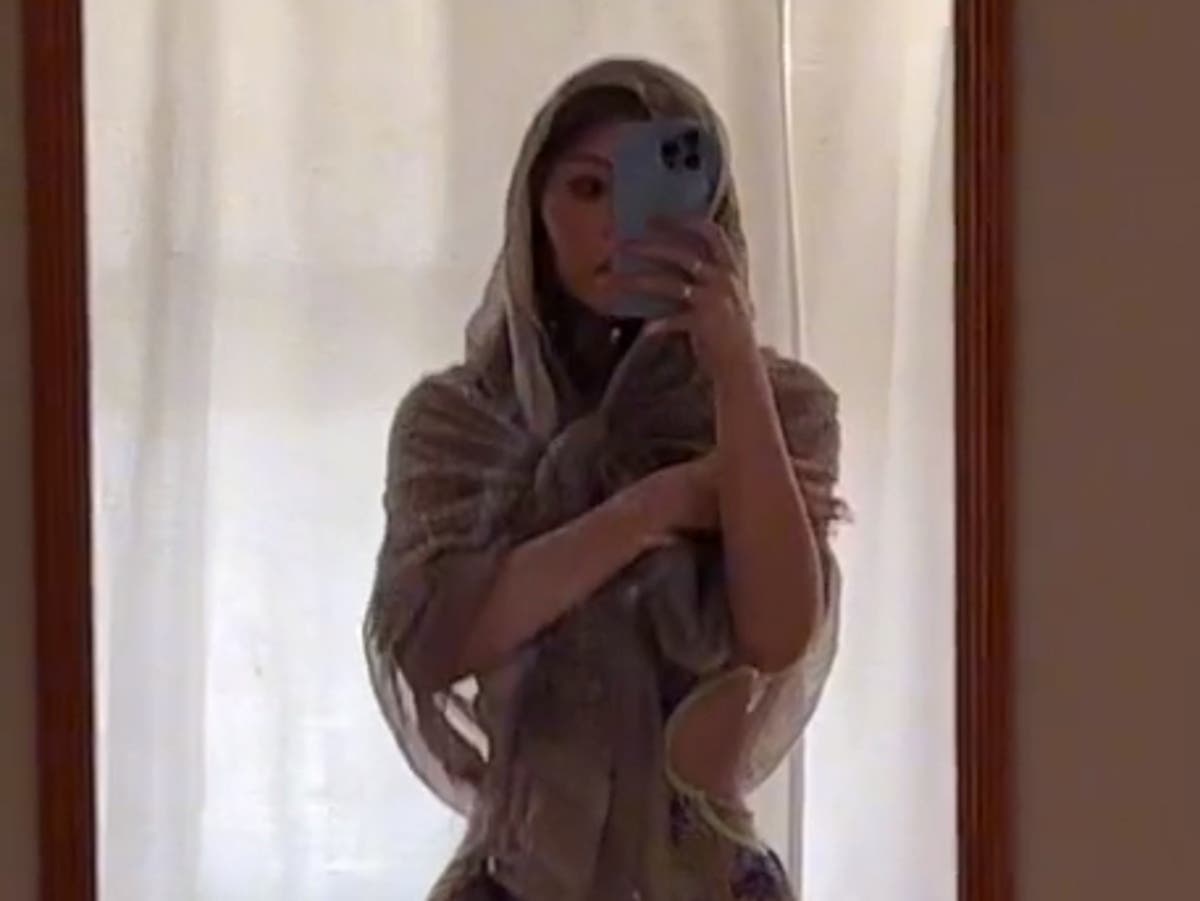Everything You Need to Know About Picking the Perfect Dress Shirt
Dress shirts for men can be complicated. Most of us grow up with a very laissez-faire attitude towards dress shirts—especially when it comes to fit and length. Wearing shirts untucked might look a little sloppy, but when you’re younger...


Photo: paikong (Shutterstock)
Dress shirts for men can be complicated. Most of us grow up with a very laissez-faire attitude towards dress shirts—especially when it comes to fit and length. Wearing shirts untucked might look a little sloppy, but when you’re younger you don’t care too much about looking a little sloppy, unless you were one of those weird Sheldon Cooper types who did care. But then you hit an age when looking sloppy no longer signals I am a cool Bohemian who can’t be bothered with societal conventions but rather signals I have taken my hand off my life’s rudder and have no idea what I’m doing. At the same time, the business world is becoming more welcoming to untucked shirts—but if yours doubles as a nightshirt, that’s not exactly a professional look.
The world of men’s shirts has become even more complicated with the introduction of shirts designed to be untucked and an increasingly long list of options. If all of this makes you feel like you need to attend some sort of Dress Shirt University, consider this your crash course. Here’s everything you need to know about buying the right size dress shirt.
What to know about dress shirt sizing
First of all, you need to choose the right size of shirt. There are two basic sizing methods in men’s shirts: Alpha and numeric. The alpha is vague but comfortingly simple: These shirts come in small, medium, large, and all the the variations (extra-large, etc.) therein. The sizing here is imprecise but fairly simple to comprehend.
You’ll find alpha sizing mostly in t-shirts, though; most dress shirts employ numeric sizing, which you typically find on the collar. It’s usually three numbers in a format like 16 33/34. The first number is the collar size in inches, and the second number is the approximate sleeve length in inches. Numeric sizing allows for a more precise fit without resorting to having your shirts hand-made in Italy after a full-body laser scan.
You can measure your own body to get an idea of what size shirt you need. Wrap a flexible tape measure around your neck, then insert a finger or two in order to give yourself some literal breathing room. That’s your neck size; look for a shirt that’s as close as possible to what you measured. When measuring your arms for sleeve length, the trick is to start at the bottom of your neck, not the shoulder, then run the tape measure to the spot on your wrist where you want your cuff to end. The other trick? Measure both arms. They’re probably not exactly the same length, so use the longer measurement as your guide.
You can measure your chest and waist, as well, but most dress shirts bought in department stores and the like don’t offer this info on the label anyway, so it might not help much.
Choose the right length of dress shirt
These days, dress shirts come in three basic varieties: Tucked, untucked, and hybrid. There’s a lot of variation in terms of cut, but as a rule of thumb, if your shirt has tails (a slightly curved part that hangs down in the back), it’s meant to be tucked in. A shirt designed to be worn untucked will usually have square hems as opposed to the angled or curved bottoms of tucked shirts and will hang down below your waist by a few inches at a uniform length all around. A hybrid-length shirt is designed to be worn either tucked or untucked, and will just cover your waist. When buying a hybrid-length shirt in a store (as opposed to custom-made) you’ll probably have to use some trial and error to get the perfect length.
But what should that length be? Well, there is a certain science to this. Your first step is to locate the point on your leg where your butt ends and your thigh begins. That’s the key spot on your body, and you can use it to determine proper shirt length:
Tucked: The tail of the shirt should go about two inches past that spot. In the front it should go just past the bottom of your pants’ crotch, where the pants split into legs. Untucked: The rear of the shirt should just about hit that spot, though it can extend a little past it. In the front it ideally shouldn’t go past the crotch, but there’s wiggle room here based on your personal preferences. Hybrid: As you might imagine, the ideal length of a hybrid dress shirt falls somewhere in the middle of the other two styles, about an inch past your butt in the back, and about an inch above your crotch in the front.That’s all you need to know. Of course, when it comes to clothing there’s an indefinable “something” that’s often at play and some identically-sized shirts just feel different. But knowing how to judge the size of a shirt will get you as close to a tailored fit as possible without, you know, an actual tailor being involved.

 ShanonG
ShanonG 































